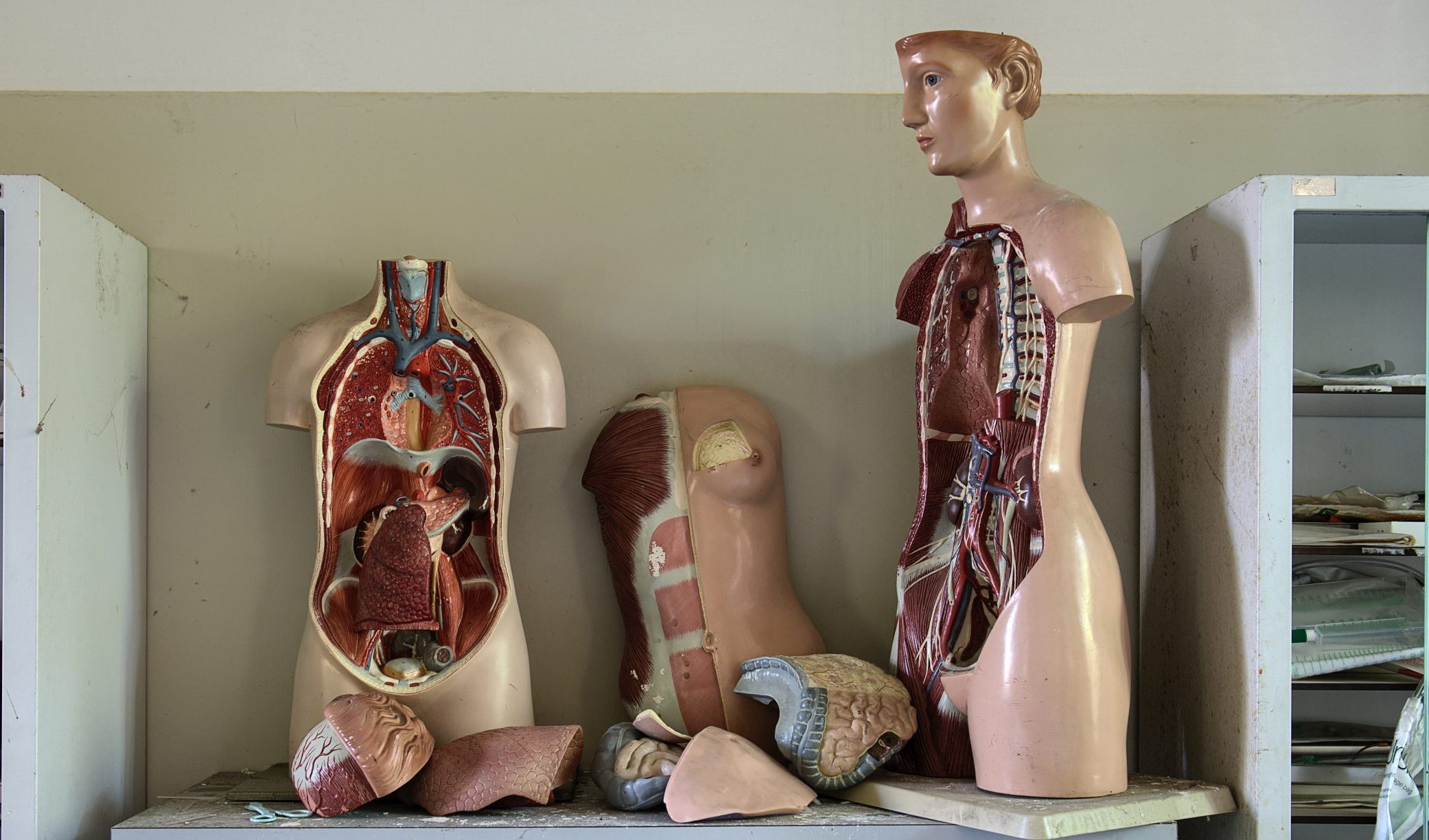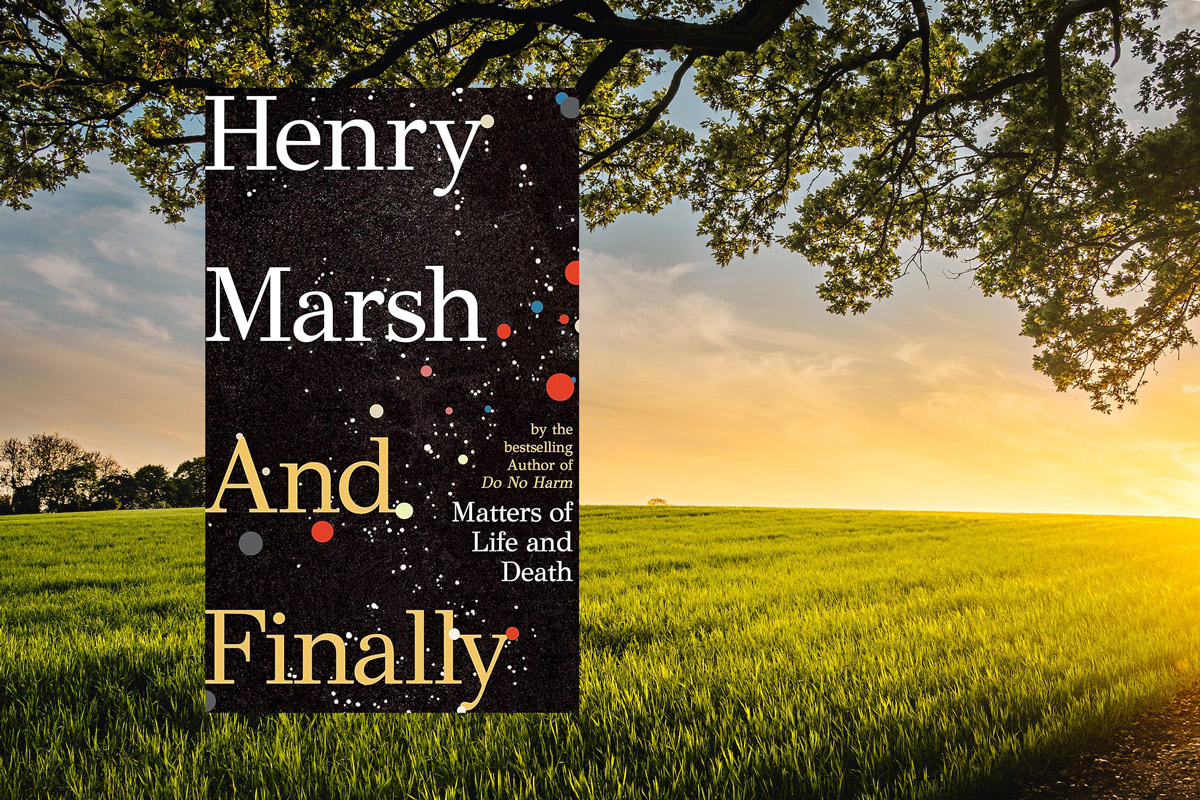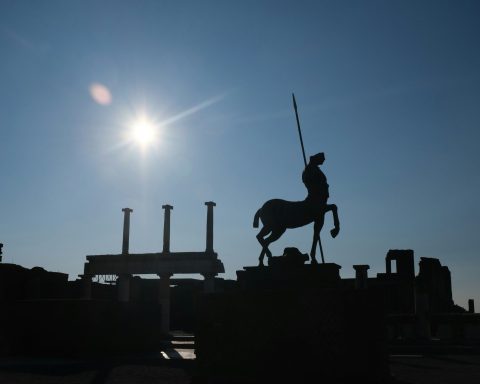
I was in my final, intensive year of training when I decided to switch to academia. I had progressed from A-Levels into becoming a GP, spanning years eighteen to thirty without pausing for breath – and without allowing time for the aspect of my professional practice I enjoyed the most; teaching. But not clinical or consultation skills; instead, anatomy.
This transition was regarded as wholly unusual (indeed outlandish!) by my peers, about to head into their first positions as qualified GPs. Anatomy was a science that many had not revisited since their undergrad days. Yet, anatomy is a cornerstone of clinical practice. The modern GP is expected to morph between many different guises in their daily routine; from physician to surgeon, to gynaecologist to paediatrician.
The modern GP is expected to morph between many different guises in their daily routine; from physician to surgeon, to gynaecologist to paediatrician.
GPs are not soothsayers; they operate in solitary consultation rooms often without the wisdom of blood results or radiology, to confirm or refute differential diagnoses from the bewildering lists they compile. They have to be savvy with the information they have before them, in order to be guided in their thinking and decision making. Anatomical acumen provides the ability to discriminate and synthesise many of these cues and clues, and to become a shrewd clinician.
How then can anyone reasonably question the relevance of anatomy to the multiple facets of primary care? Surely, this must be the specialism in which anatomical understanding proves the greatest tool in a clinician’s arsenal?
My experiences are somewhat circular, but not in an ever-decreasing sense. Now, through my dual roles, I have come to view them as yin and yang; distinctive, but symbiotic.
My route
I was a scientist before becoming a doctor – my Neuroscience BSc was the ignition for my interest in anatomy, and I proceeded into graduate medicine, before becoming a GP.
The logical first step upon entering higher education was in teaching the medical cohort. Opportunities to teach first-year dentists arrived in tandem. My profile has since widened substantially. I teach through lectures, seminars and practicals, utilising cadaveric specimens in our dissection rooms, and to clinical and science students. It has provided chances to foster other skills – for instance, course design, and to build a pedagogical research profile. I’ve developed expertise in academic and pastoral leadership, and supervise BSc students for final-year dissertation projects.
I have also made an exciting move towards veterinary education – teaching neuroanatomy to veterinary students, bolstered by my first degree. At present, I believe I am the only GP in the UK teaching the anatomy of the canine and equine brain! It has been intriguing to note how knowledge can be extrapolated to teach vets – the nervous system examinations in humans and dogs are not poles apart!
Lessons for consideration
GPs wishing to explore other avenues alongside their professional practice should consider basic sciences education as a novel direction.
Now more recognisable, seven years later, is the impact of my original BSc, and the satisfaction that comes from using both my degrees.
A shift to a dual clinical and academic role can strike a fun and fulfilling balance, allowing for a more capricious daily routine, and welcome recuperation from the pressures of clinical work. Academia feeds into my GP days, allowing me to problem solve with anatomy and make informed clinical decisions. In return, the wealth of experiences derived from primary care provides a bank of vignettes to teach with, and lead through clinical example.
Consider the timing at which you might take up a teaching post. From my own perspective, entry after completion of training made for an easier transition, though many entrance points are possible. Varied opportunities exist in many other areas, such as physiology and medical education, which might appeal to colleagues with differing interests.
Now more recognisable, seven years later, is the impact of my original BSc, and the satisfaction that comes from using both my degrees. I would encourage medics with scientific qualifications, in abundance worldwide, to make use of them. However, clinicians without these should not be discouraged, since each professional course will consider a foundation of basic sciences.
Exploring less orthodox avenues has enabled me to step into considerably different shoes from convention, and an opportunity to make use of the acumen I’ve earned. Primary care offers the greatest flexibility in working patterns, allowing scope for doctors to develop varied, original and energising portfolio careers.








